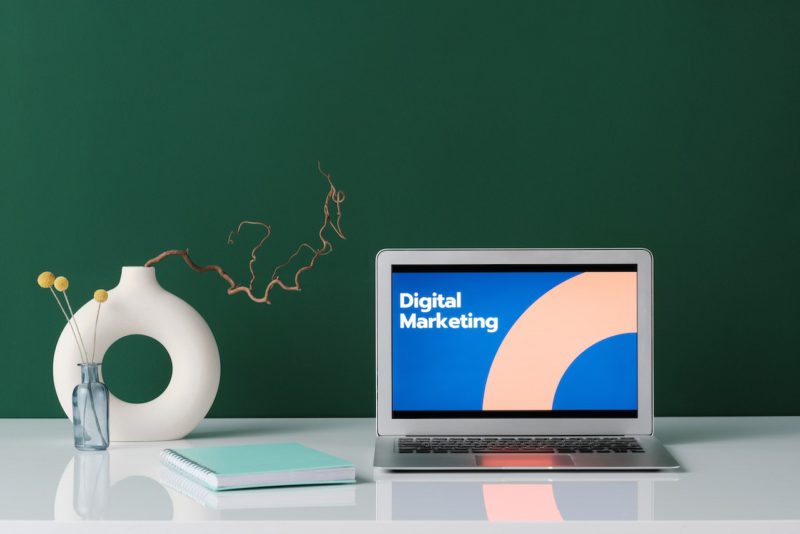In today’s digital age, we tend to spend more time with screens rather than people. Whether it is work, entertainment or socialising, everything can be done on computers, which makes spending time with others seem more like an extra effort. Although digital devices have made many things in our lives super easy, excessive screen time can have negative consequences on our physical and mental well-being. Breaking the screentime habit is essential for achieving a healthier and more balanced lifestyle. Here, we will explore effective strategies to help you reduce your screen time and regain control of your life.
Understand the Impact of Excessive Screen Time
The first step in breaking the screentime habit is to recognise its consequences. Excessive screen time can lead to a range of issues, including eye strain, disrupted sleep patterns, decreased physical activity, and reduced social interactions. It can also make one feel more isolated, anxious, and depressed. By understanding the potential drawbacks of too much screen time, you can be more motivated to make positive changes.
Set Clear Goals and Boundaries

To successfully reduce screen time, it’s crucial to establish clear goals and boundaries. Start by identifying how much time you currently spend on screens each day and then set realistic targets for reducing that time. For example, you might aim to cut your screen time by one hour per day initially and gradually increase that goal over time. Having specific objectives will provide you with a sense of purpose and direction.
Create a Screen-Free Zone
Designating specific areas in your home as screen-free zones can help you break the habit. The bedroom is an excellent space in your room to start with. Remove all screens from your bedroom to improve your sleep quality and create a relaxing environment. Similarly, consider making the dining room a screen-free zone to promote family interactions during meals.
Use Technology to Your Advantage
While technology can contribute to excessive screen time, it can also be a valuable tool in helping you reduce it. The screentime app can be used to monitor and limit the time you spend on digital devices. Family time app is also a great option to limit the hours that all your family members spend on screens. It is something that you can discuss with them so everyone knows and understands why limiting it at an early stage is so important for our mental health and for developing healthy relationships with others.
Prioritise Real-Life Activities
One effective way to reduce screen time is to prioritise real-life activities that bring you joy and fulfilment. Make a list of activities you enjoy, such as reading, hiking, painting, or cooking, and schedule time for them in your daily or weekly routine. If you are someone who would love to spend more time with your friends talking about fashion and beauty, then why not arrange a little beauty contest this holiday season? This will give you all a chance to experiment with different colours, textures, coloured contact lenses and much more to look the best. The more fun activities you can do without screens, the easier it will become for you to not rely on digital devices for entertainment.
Practice Mindfulness and Screen-Free Moments
Mindfulness techniques can help you become more aware of your screentime habits and make conscious choices. Try implementing screen-free moments throughout your day, such as during meals, before bedtime, or when spending time with loved ones. Use these moments to connect with your surroundings, your thoughts, and the people around you.
Find an Accountability Partner
Breaking the screen time habit can be challenging when you try to do it alone. Consider finding an accountability partner, whether it’s a friend or family member, who shares your goal of reducing screen time. You can motivate and support each other in your efforts and even compete in a friendly way to see who can reduce their screen time the most.
Schedule Regular Screen Time Detox
Just as you schedule time for important activities, plan regular screentime detox periods. Designate a specific day or weekend each month as a screen-free period where you disconnect from all digital devices. Use this time to focus on hobbies, outdoor activities, or quality time with friends and family.
Replace Screen Time with Productive Habits
One effective strategy for reducing screen time is to replace it with productive habits. For instance, if you find yourself mindlessly scrolling through social media in your free time, replace that habit with reading a book, practising a musical instrument, or learning a new skill. Gradually, you’ll shift your focus from screens to activities that enrich your life.
Seek Professional Help if Necessary
For some individuals, breaking the screentime habit may be more challenging due to addiction or underlying mental health issues. If you find it incredibly difficult to reduce screen time on your own, consider seeking professional help, such as therapy or counselling. Professionals can provide personalised strategies and support to address any underlying issues contributing to excessive screen time.
In a nutshell, reducing screen time is a valuable endeavour that can lead to a healthier and more fulfilling life. By understanding the impact of excessive screen time, setting clear goals and boundaries, and incorporating the strategies mentioned above, you can successfully break the screen time habit. Remember that it may take time and effort to make lasting changes, but the benefits to your physical and mental well-being are well worth it. Embrace a life that is not solely lived through screens, and you’ll discover a world of opportunities and experiences waiting for you beyond the digital realm.




















































